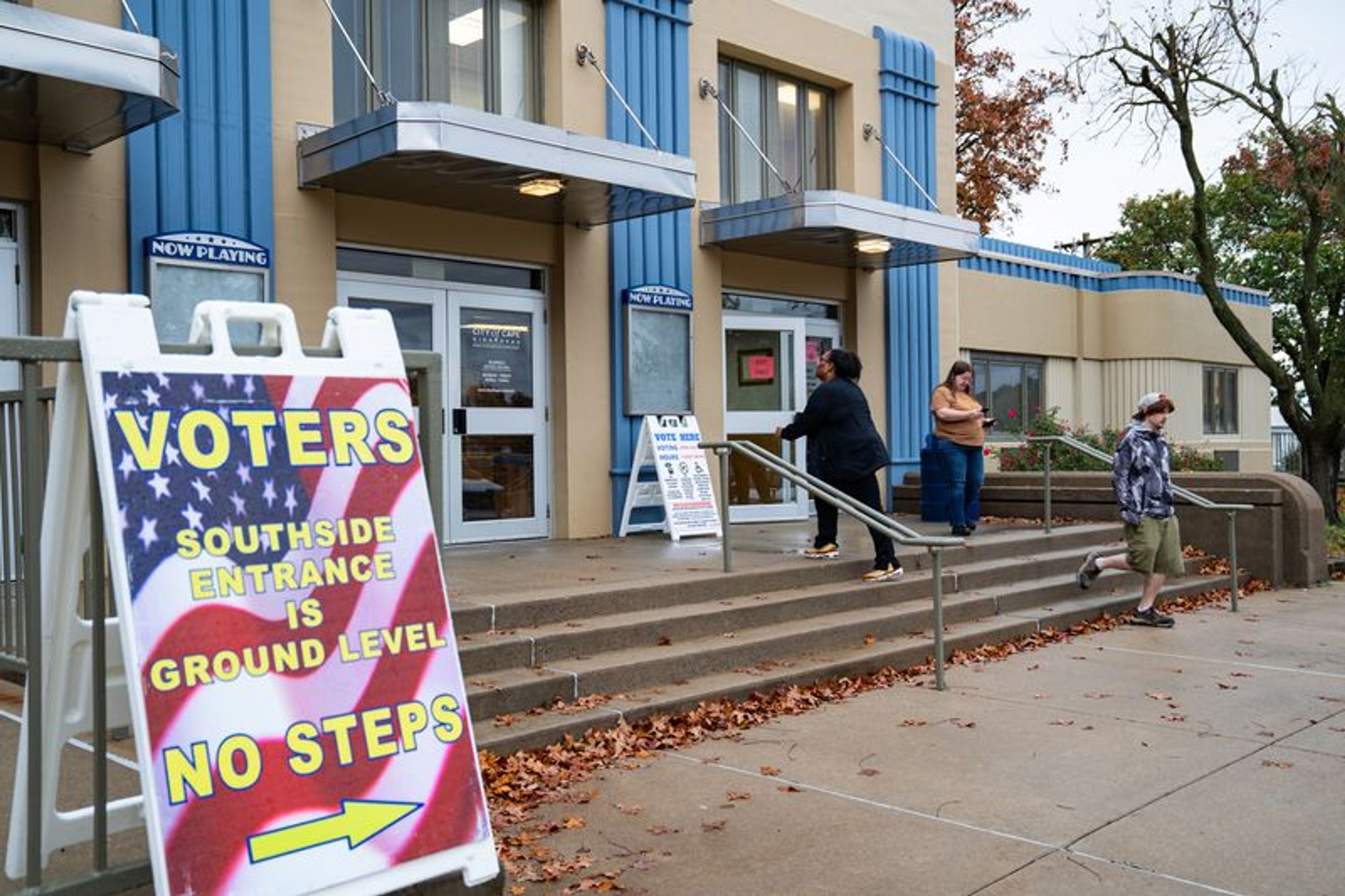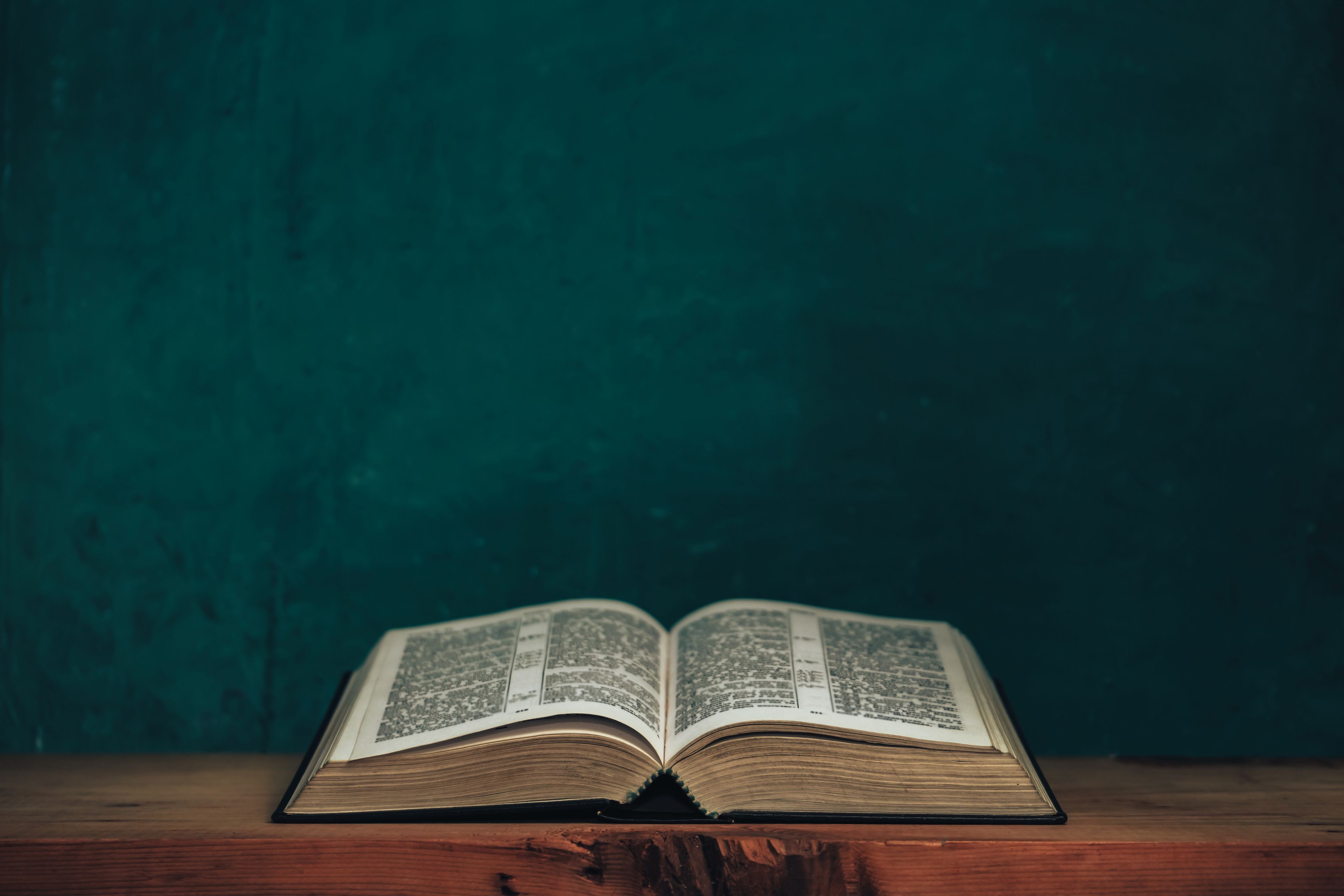Gun regulations
A well regulated militia, being necessary to the security of a free state, the right of the people to keep and bear arms, shall not be infringed. This is the Second Amendment to the U.S. Constitution. Its stilted, comma-laden 18th century wording has always been clear to advocates of gun ownership, and equally unclear to those who favor restrictions or outright bans on firearms...
A well regulated militia, being necessary to the security of a free state, the right of the people to keep and bear arms, shall not be infringed.
This is the Second Amendment to the U.S. Constitution. Its stilted, comma-laden 18th century wording has always been clear to advocates of gun ownership, and equally unclear to those who favor restrictions or outright bans on firearms.
Last month, the U.S. Supreme Court gave a 21st century ruling on the Second Amendment. It was the first time since the amendment was ratified in 1791 that the nation's highest court had interpreted the meaning of those 27 words.
The issue at hand was Washington, D.C.'s ban on handguns. Five of the nine justices said the ban went too far.
However, the majority decision does nothing to "cast doubt on long-standing prohibitions on the possession of firearms by felons or the mentally ill, or laws forbidding the carrying of firearms in sensitive places such as schools and government buildings," according to Justice Antonin Scalia's opinion written for the majority.
In other words, the Second Amendment permits individuals to own firearms, but local governments can regulate gun ownership in ways that preserve public safety.
Much of the reaction to the historic ruling has focused on the right to own guns. But with that right comes certain responsibilities, both for owners of firearms and for local governments that want to regulate them.
Connect with the Southeast Missourian Newsroom:
For corrections to this story or other insights for the editor, click here. To submit a letter to the editor, click here. To learn about the Southeast Missourian’s AI Policy, click here.








